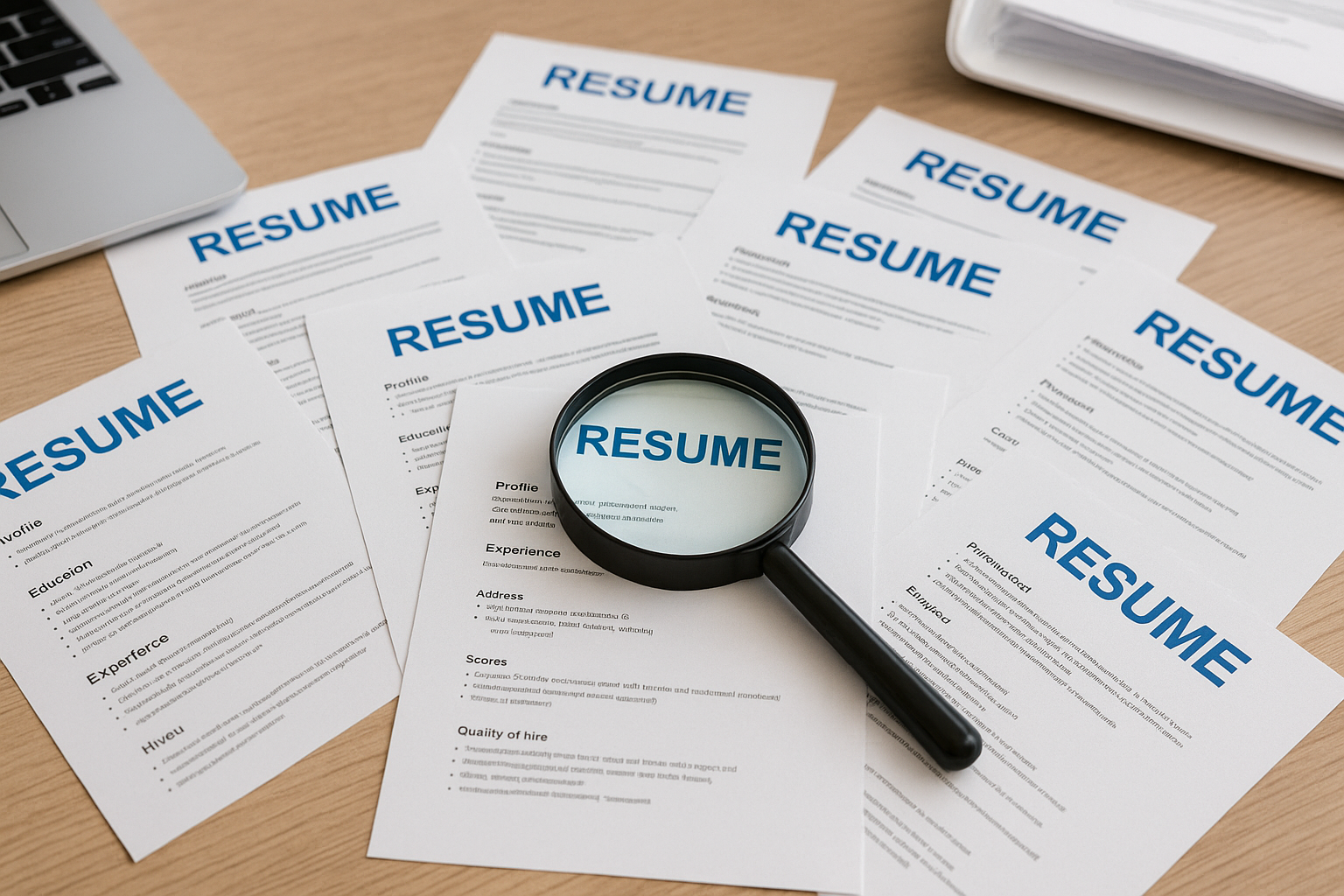In today’s competitive job market, staying ahead in talent acquisition is crucial. Building a strong talent pipeline ensures that your organization has a pool of qualified candidates ready to step into roles as they open up. This proactive approach not only reduces the time it takes to fill positions but also enhances overall organizational efficiency. In this blog post, we’ll explore the steps and strategies needed to build a talent pipeline that will meet your company’s current and future hiring needs.
Understanding the Talent Pipeline
A talent pipeline is essentially a pool of candidates who are ready and qualified to step into roles within your organization. Unlike traditional recruitment, which is often reactive, a talent pipeline is proactive. It involves identifying and engaging with potential candidates long before a position becomes available. This forward-thinking approach allows organizations to maintain a competitive edge by ensuring that the best talent is always within reach.
Steps to Build an Effective Talent Pipeline
1. Identify Your Future Hiring Needs
The first step in building a talent pipeline is to understand your organization’s future hiring needs. This involves collaborating with various departments to anticipate future growth and the types of roles that will be required. Conducting workforce planning sessions can help you identify key positions that will be critical for the company’s success.
2. Develop a Candidate Persona
Creating a candidate persona involves defining the ideal qualities and qualifications of candidates for specific roles. This includes skills, experience, education, and cultural fit. Having a clear candidate persona helps streamline the sourcing process and ensures that you attract candidates who align with your organizational values and needs.
3. Leverage Multiple Sourcing Channels
To build a diverse and comprehensive talent pipeline, it’s essential to leverage multiple sourcing channels. This includes traditional job boards, social media platforms, industry forums, and professional networks. Attending industry conferences and career fairs can also be an effective way to connect with potential candidates.
4. Build and Nurture Relationships
Building a talent pipeline isn’t just about finding candidates; it’s about fostering relationships. Engage with potential candidates through regular communication, such as newsletters, social media updates, and personalized emails. This keeps your organization top-of-mind and demonstrates your interest in their career development.
5. Implement an Employee Referral Program
Your current employees can be one of the best sources for potential candidates. Implementing an employee referral program encourages your staff to refer qualified candidates from their networks. This not only helps build your talent pipeline but also promotes a positive workplace culture.
6. Utilize Recruitment Technology
Leveraging recruitment technology can streamline the talent pipeline process. Applicant Tracking Systems (ATS) and Customer Relationship Management (CRM) tools can help manage candidate information, track interactions, and automate communication. These tools enable you to maintain an organized and efficient pipeline.
7. Offer Internships and Apprenticeships
Internships and apprenticeships are excellent ways to introduce potential candidates to your organization and assess their fit for future roles. These programs provide valuable experience for participants and allow you to evaluate their skills and work ethic in a real-world setting.
8. Create a Talent Community
Building a talent community involves creating a network of potential candidates who are interested in your organization. This can be done through social media groups, online forums, and career-specific events. By creating a sense of community, you can keep candidates engaged and informed about upcoming opportunities.
9. Conduct Continuous Engagement
Continuous engagement is key to maintaining a strong talent pipeline. Regularly update candidates about company news, industry trends, and potential job openings. Hosting webinars, workshops, and Q&A sessions can also keep candidates engaged and invested in your organization.
10. Measure and Optimize Your Efforts
Finally, it’s important to measure the effectiveness of your talent pipeline strategies. Track key metrics such as time-to-fill, quality of hire, and candidate engagement levels. Use this data to identify areas for improvement and optimize your approach to ensure your talent pipeline remains strong and effective.
Benefits of a Talent Pipeline
Building a talent pipeline offers numerous benefits for organizations, including:
Reduced Time-to-Hire
With a pool of pre-qualified candidates, you can fill positions more quickly, reducing the time and cost associated with prolonged vacancies.
Improved Quality of Hire
By continuously engaging with potential candidates, you can ensure a higher quality of hire, as you have more time to assess their skills and fit for the organization.
Enhanced Employer Brand
A proactive approach to talent acquisition enhances your employer brand, showcasing your organization as a desirable place to work and attracting top talent.
Increased Organizational Agility
A robust talent pipeline allows your organization to adapt quickly to changing business needs, ensuring that you have the right talent in place to support growth and innovation.
Cost Savings
Proactive talent acquisition can lead to significant cost savings by reducing reliance on external recruitment agencies and minimizing the expenses associated with unfilled positions.
Conclusion
Building a talent pipeline is a strategic investment that pays off in the long run. By identifying future hiring needs, developing candidate personas, leveraging multiple sourcing channels, and continuously engaging with potential candidates, you can create a steady stream of qualified talent ready to meet your organization’s demands. Implementing these steps will not only enhance your recruitment efforts but also position your company for sustained success in the competitive talent market.
For more insights on effective talent acquisition strategies, visit HR Personnel Services. Our team of experts is dedicated to helping you build a talent pipeline that aligns with your organizational goals and drives long-term success.



